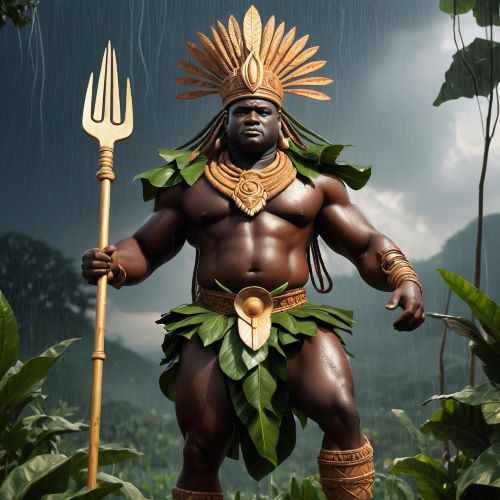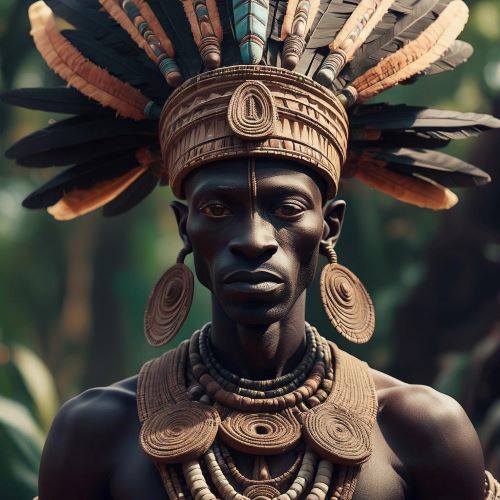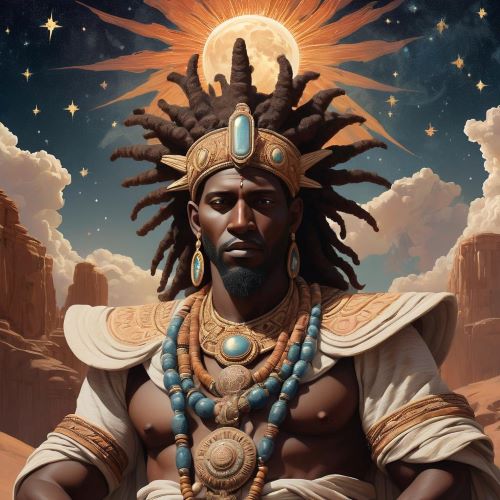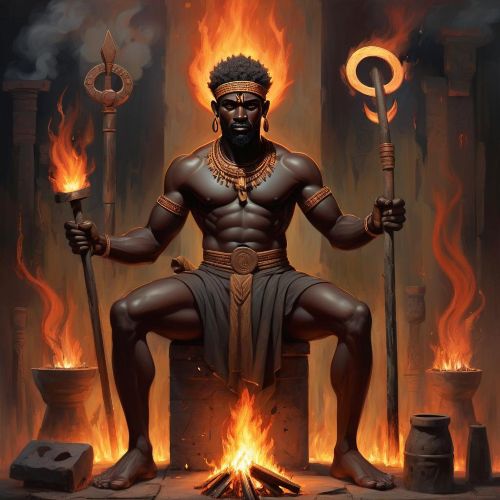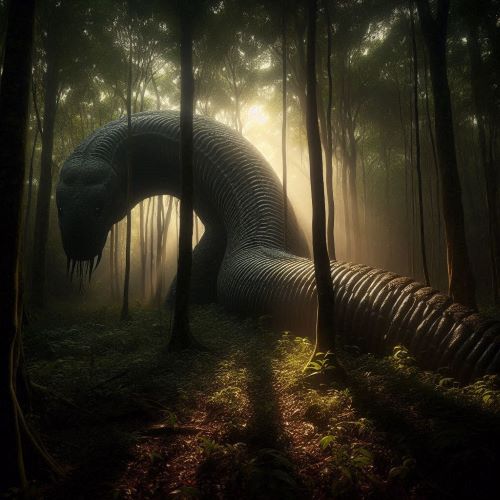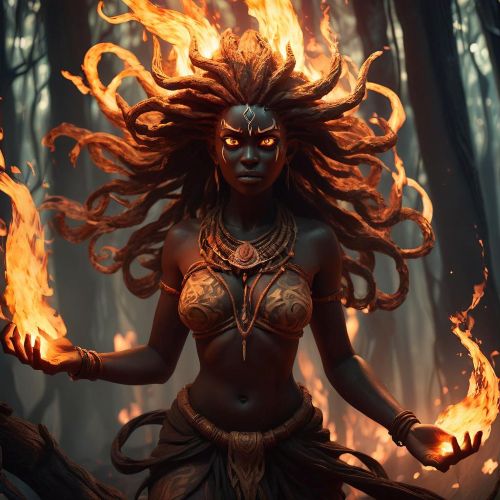Mande, Bambara, Mandinka, Mende, Mossi & Senufo Mythology
The mythologies of the Mande-speaking peoples — including the Bambara, Mandinka, Mende, Mossi, and Senufo — form the spiritual backbone of West Africa’s savanna and forest civilizations. These traditions, rooted in the ancient Mande world that gave rise to empires like Mali and Songhai, express a worldview where creation, morality, and destiny are bound together through divine energy, ancestral wisdom, and the sacred power of the spoken word. Through their myths, these cultures reveal a universe that is not merely inhabited by gods and spirits but animated by the living force of creation itself.
At the heart of Mande and Bambara mythology lies the concept of Faro, the spirit of order, water, and life, and Pemba, the spirit of chaos and earth. In the beginning, the creator god Maa Ngala brought forth the universe through sound and vibration, forming the first elements of existence. Yet, when Pemba rebelled against cosmic order, chaos spread across creation. To restore balance, Faro descended to earth, bringing water, fertility, and moral law. This eternal tension between Pemba’s disorder and Faro’s harmony represents the foundation of Bambara cosmology — the balance of masculine and feminine, earth and water, matter and spirit. The Nyama, a vital spiritual energy that permeates all living and non-living things, is the thread that connects these opposites and sustains life itself.
In Mandinka mythology, the universe is likewise governed by an omnipotent creator known as Roog Sene or Ngewo, assisted by ancestral spirits and nature beings. The Mandinka trace their spiritual heritage through oral epics such as the story of Sundiata Keita, the lion-born hero who united the Mali Empire. Though historical in form, Sundiata’s tale carries deep mythic symbolism — his destiny shaped by prophecy, ancestral blessing, and divine intervention. The Mandinka also venerate sacred groves and rivers, viewing them as dwelling places of spirits who ensure fertility and protection.
Among the Mende people of Sierra Leone, mythology centers on the Ngafa, spiritual beings that maintain the balance between humans and nature. The Mende believe that the creator god, Ngewo, after shaping the world, withdrew to the heavens, leaving the care of humanity to ancestral spirits. Women’s secret societies, such as the Sande, preserve myths of creation, morality, and womanhood through ritual, dance, and symbolic masks — continuing ancient spiritual traditions that connect birth, fertility, and wisdom.
The Mossi of Burkina Faso hold that the creator god Wende formed the world and humanity but remains distant, while the spirits of the earth (tengabisi) and ancestors oversee the moral and ecological order. The Senufo, found in Côte d’Ivoire, Mali, and Burkina Faso, revere a supreme creator, Kolotyolo, and the Poro and Sandogo societies, which guard esoteric spiritual knowledge. Their mythology emphasizes transformation and initiation — the journey from ignorance to enlightenment — reflecting the soul’s path toward harmony with the cosmos.
Together, the mythologies of the Mande, Bambara, Mandinka, Mende, Mossi, and Senufo peoples form a unified philosophical system of balance, wisdom, and renewal. They teach that every living being carries divine energy, that the ancestors remain ever-present, and that creation itself is an ongoing act of spiritual harmony — where every sound, river, and breath is part of the sacred music of existence.


